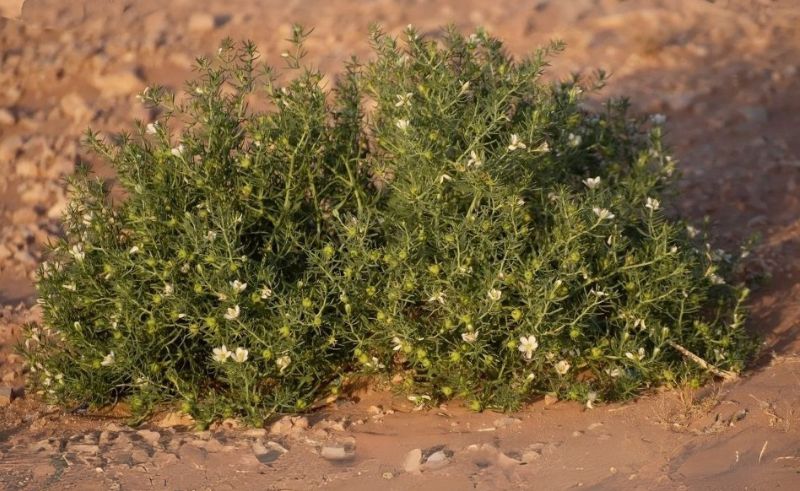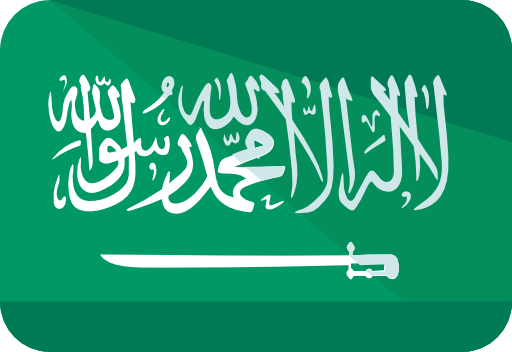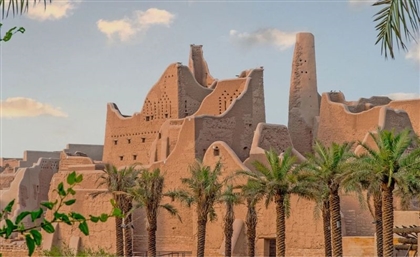Oldest Known Use of Harmal Unearthed in Saudi Arabia’s Tabuk Region
Harmal residue discovered in a 2,700-year-old tomb offers rare insight into Iron Age Arabian culture.

A new study published in Communications Biology has revealed the earliest known use of the harmal plant (Peganum harmala) in the Arabian Peninsula, dating back approximately 2,700 years. The discovery was made at the ancient Midianite site of Qurayyah in Saudi Arabia’s Tabuk region, where archaeologists recovered charred remains of the plant from a burial context.
Led by Saudi Arabia’s Heritage Commission in collaboration with Germany’s Max Planck Institute for Evolutionary Anthropology and the University of Vienna, the research team used advanced chemical analysis—including gas chromatography-mass spectrometry—to detect alkaloids specific to Peganum harmala. The plant, widely known for its psychoactive and antibacterial properties, has long been used in traditional healing and rituals across the Middle East.
The presence of harmal in an Iron Age tomb suggests that it served both medicinal and ceremonial functions, pointing to a complex understanding of botanical pharmacology in ancient Arabia. The study not only provides rare physical evidence of plant-based medicine from the Iron Age, but also adds to emerging research that links cultural practice with early scientific knowledge in the region.
- Previous Article Maritime Ambulance Service Launches on Egypt's Mediterranean Coast
- Next Article Six Unexpected Natural Wonders to Explore in Egypt
Trending This Week
-
Dec 04, 2025



























